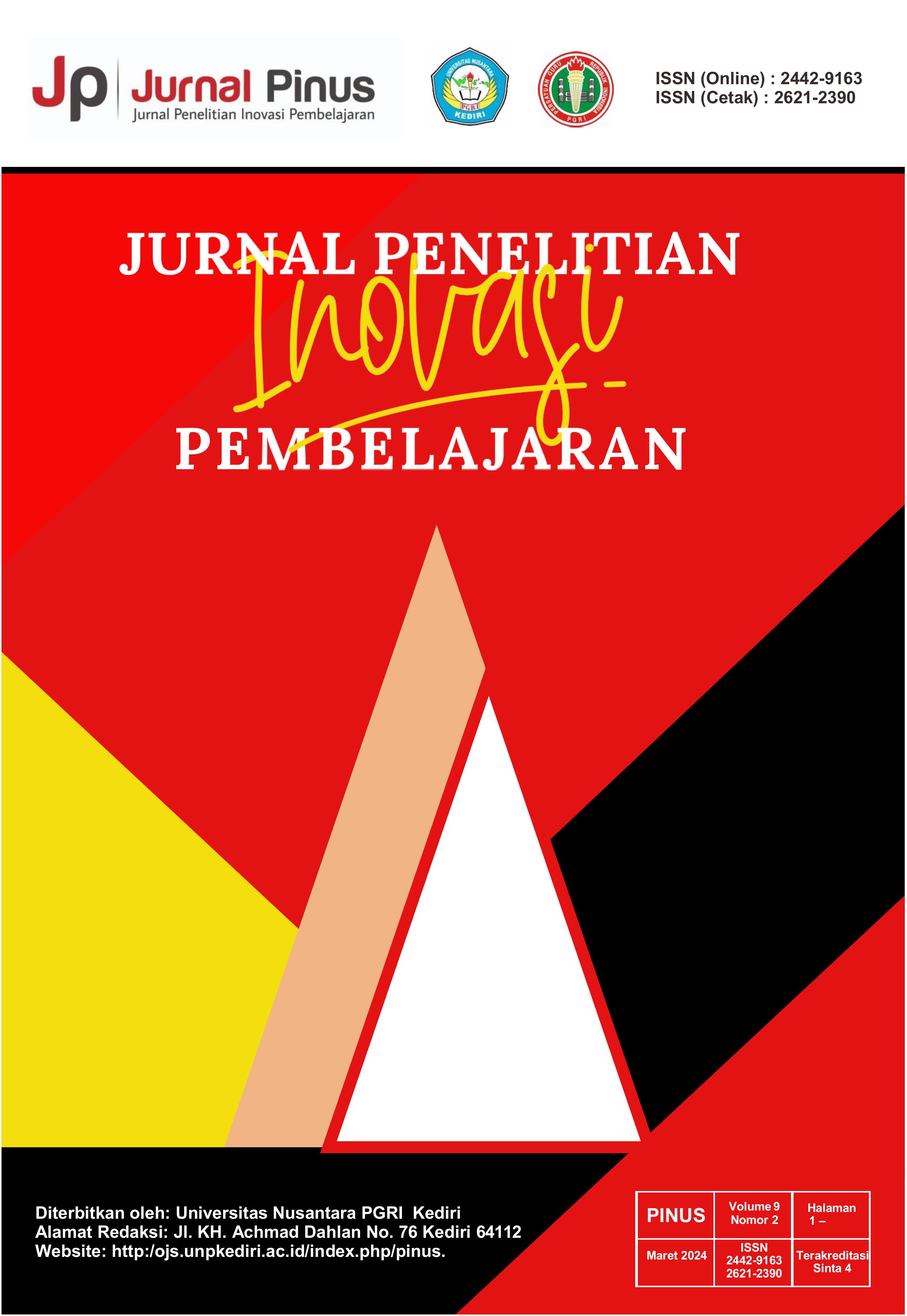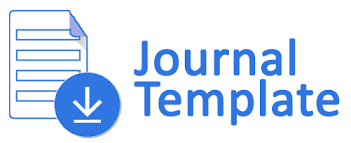Analysis of Learning Resources and Media on Achieving Social Studies Learning Goals in Elementary Schools
DOI:
https://doi.org/10.29407/pn.v9i2.21382Keywords:
Learning resources, learning media, social studies learning objectives, elementary schoolAbstract
The background of research is that existing learning resources and media have not been utilized optimally as seen from the use of learning resources that only focus on textbooks, lack of interaction and social attitudes in the learning process, lack of utilization of learning media, and students not focusing on participating in learning which causes social studies learning outcomes low. This study aims to describe the availability, utilization, school support and teacher constraints in using learning resources and media towards achieving social studies learning objectives at UPT Elementary Schools. Research using qualitative methods with a descriptive approach. The samples are school principals, high-grade social studies teachers and 6 students from each class. The results of the study show that the availability of learning resources and media is quite good and teachers can make good use of learning resources and media in the social studies learning process. There are obstacles to the use of learning resources and media in achieving social studies learning objectives in elementary schools such as requiring more time and a lack of reading books which make social studies learning objectives not optimally achieved, besides that school support from resource facilities and learning media is quite good. In conclusion, the availability and utilization of learning resources and media as well as school support for achieving social studies learning objectives is quite good and the obstacles encountered can be overcome properly in elementary schools
Downloads
References
Al, A., & Azizah, M. (2021). Analisis Pembelajaran IPS Di SD/ MI dalam Kurikulum 2013. JMIE: Journal of Madrasah Ibtidaiyah Education, 5(1), 1–14.
Astuti, D. (2021). Upaya Meningkatkan Hasil Belajar IPS Menggunakan Model ( ARCS ) pada Siswa Kelas IV SDN 4 Trimulyo Tahun Pelajaran 2020 / 2021. 4, 3573–3586.
Djamarah, S. B. (2010). Strategi Belajar Mengajar. PT Rineka Cipta.
Falahudin, I. (2017). Pemanfaatan Media dalam Pembelajaran. Jurnal Lingkur Widyaiswara, 6(2), 402–416.
Ilhami, R., & Syahrani. (2021). Pendalaman Materi Standar Isi & Standar Proses Kurikulum Pendidikan Indonesia. Education Journal: General and Specific Research, 1(1), 93–99.
Lee, K. H., & Sriraman, B. (2011). Conjecturing via reconceived classical analogy. Educational Studies in Mathematics, 76(2), 123–140. https://doi.org/10.1007/s10649-010-9274-1
Mbugua, Z. . (2011). Adequacy and The Extend To Which Teaching and Learning Resources For Mathematics Are Available and Used For Achievement in The Subject in Secondary School in Kenya. American International Journal of Contemporary Research, 1(3), 112–116.
Sardiman, A. M. (2011). Interaksi dan Motivasi Belajar Mengajar. PT Rajagrafindo.
Sifa, R. M. (2022). Implementasi Budaya dan Pendidikan Karakter dalam Membentuk Karakter Islami di SD Nurfadilah. Pendidikan Tambusai, 6(2), 13081–13089.
Supriadi, S. (2017). Pemanfaatan Sumber Belajar Dalam Proses Pembelajaran. Lantanida Journal, 3(2), 127. https://doi.org/10.22373/lj.v3i2.1654
Surya, Y. F. (2018). Penerapan Model Numbered Head Together Untuk Meningkatkan Hasil Belajar Ips Kelas Iv Sd. Jurnal Basicedu, 2(1), 135–139. https://doi.org/10.31004/basicedu.v2i1.34
Syaban. M. (2013). Mengembangkan Kompetensi Matematis dengan Model Pembelajaran Koperatif pada Siswa SMA. Jurnal Pendidikan Matematika Sigma Didaktik, 1(2), 237–245.
Tafonao, T. (2018). Peranan Media Pembelajaran Dalam Meningkatkan Minat Belajar Mahasiswa. Jurnal Komunikasi Pendidikan, 2(2), 103. https://doi.org/10.32585/jkp.v2i2.113
Witarsa, R., Nurmalina, N., & Mufarizuddin, M. (2022). Penyuluhan Jenis Sumber Belajar Digital Guru Di Sekolah Dasar. Community Development Journal : Jurnal Pengabdian Masyarakat, 3(2), 372–378. https://doi.org/10.31004/cdj.v3i2.4214
Zaman, B. dk. (2008). Media dan Sumber Belajar Siswa TK. Universitas Terbuka.
Downloads
Published
Issue
Section
License
Authors who publish with this journal agree to the following terms:
- Copyright on any article is retained by the author(s).
- The author grants the journal, right of first publication with the work simultaneously licensed under a Creative Commons Attribution License that allows others to share the work with an acknowledgment of the work’s authorship and initial publication in this journal.
- Authors are able to enter into separate, additional contractual arrangements for the non-exclusive distribution of the journal’s published version of the work (e.g., post it to an institutional repository or publish it in a book), with an acknowledgment of its initial publication in this journal.
- Authors are permitted and encouraged to post their work online (e.g., in institutional repositories or on their website) prior to and during the submission process, as it can lead to productive exchanges, as well as earlier and greater citation of published work.
- The article and any associated published material is distributed under the Creative Commons Attribution-ShareAlike 4.0 International License









